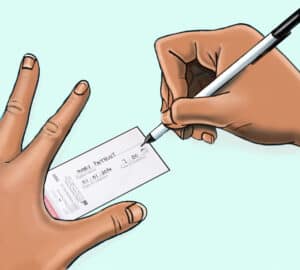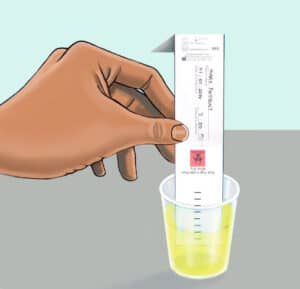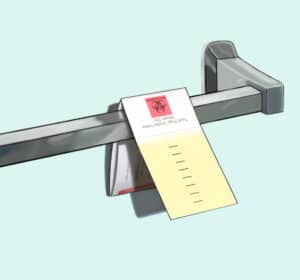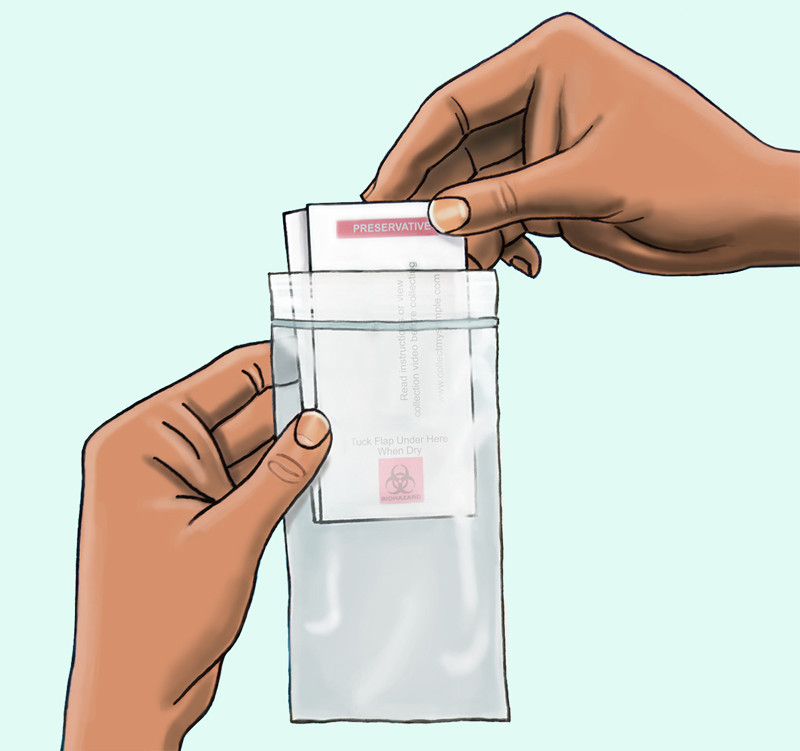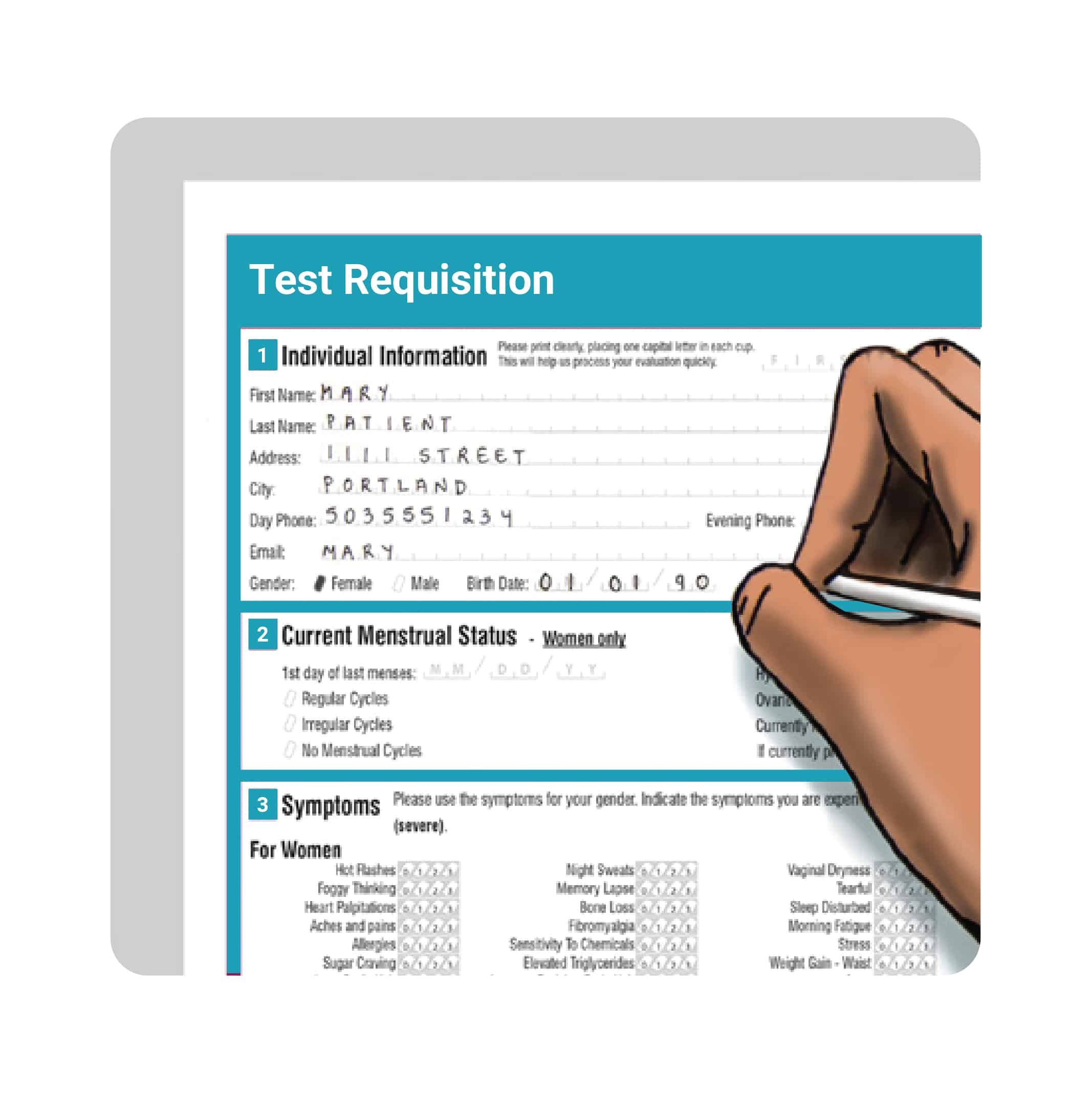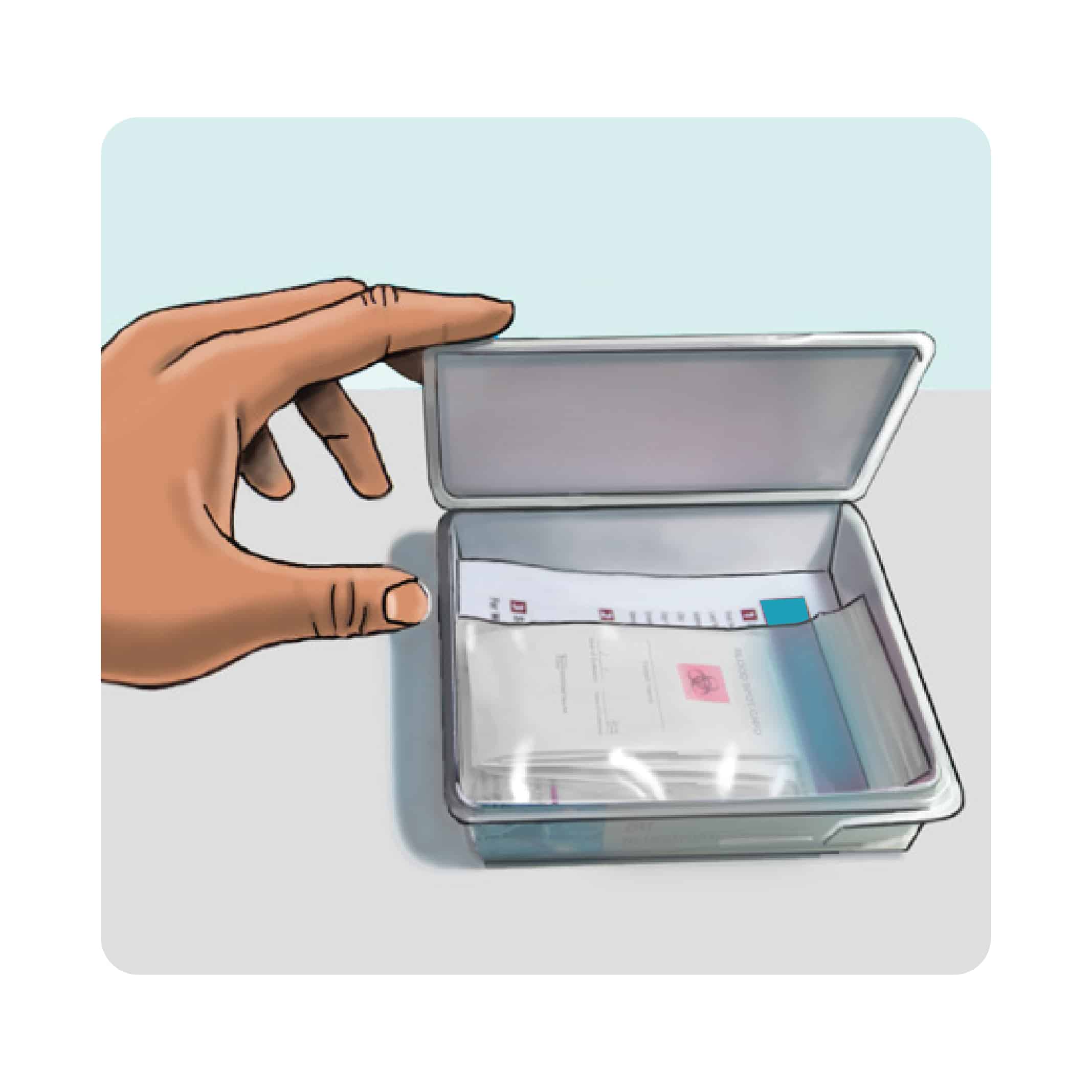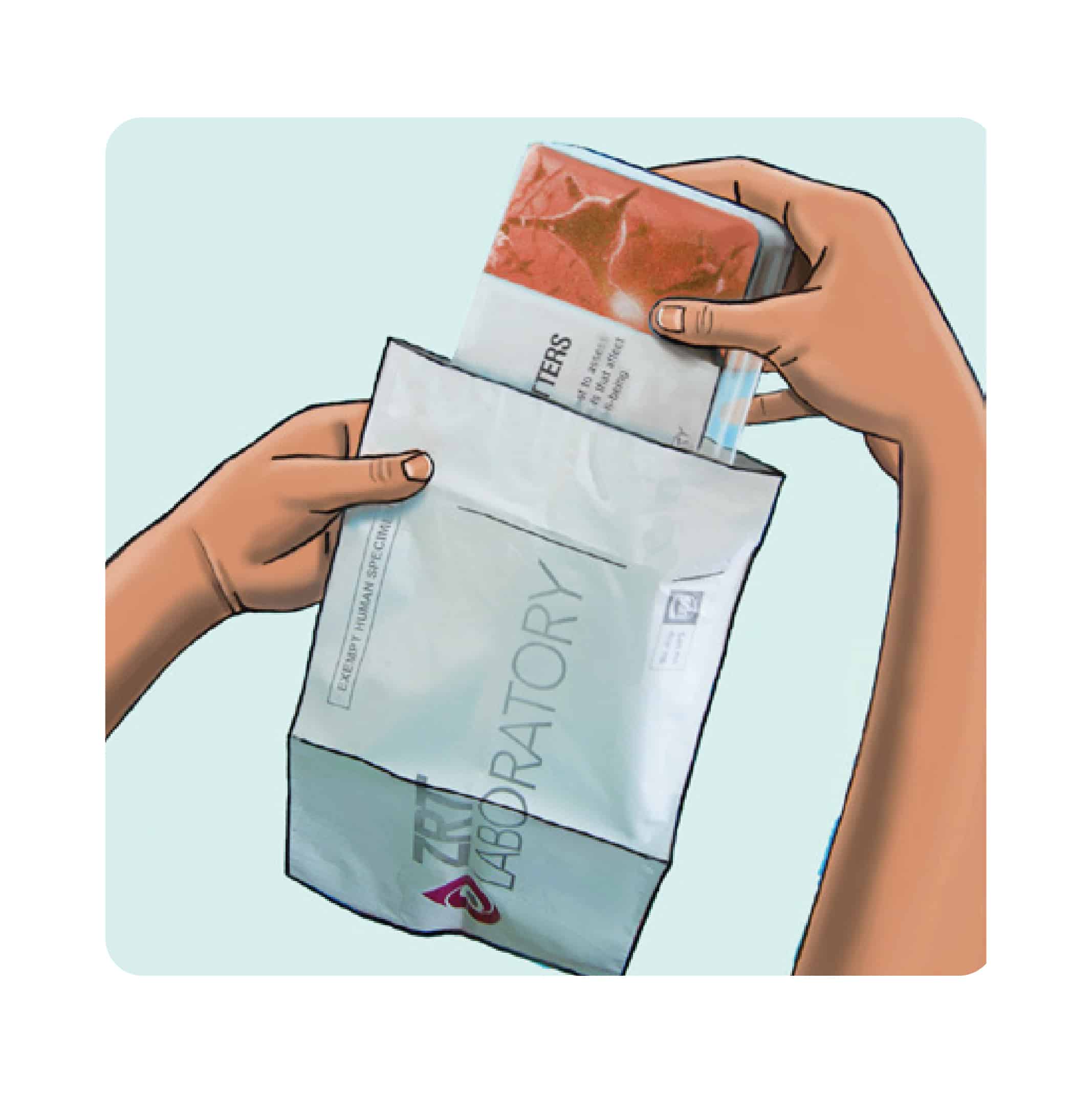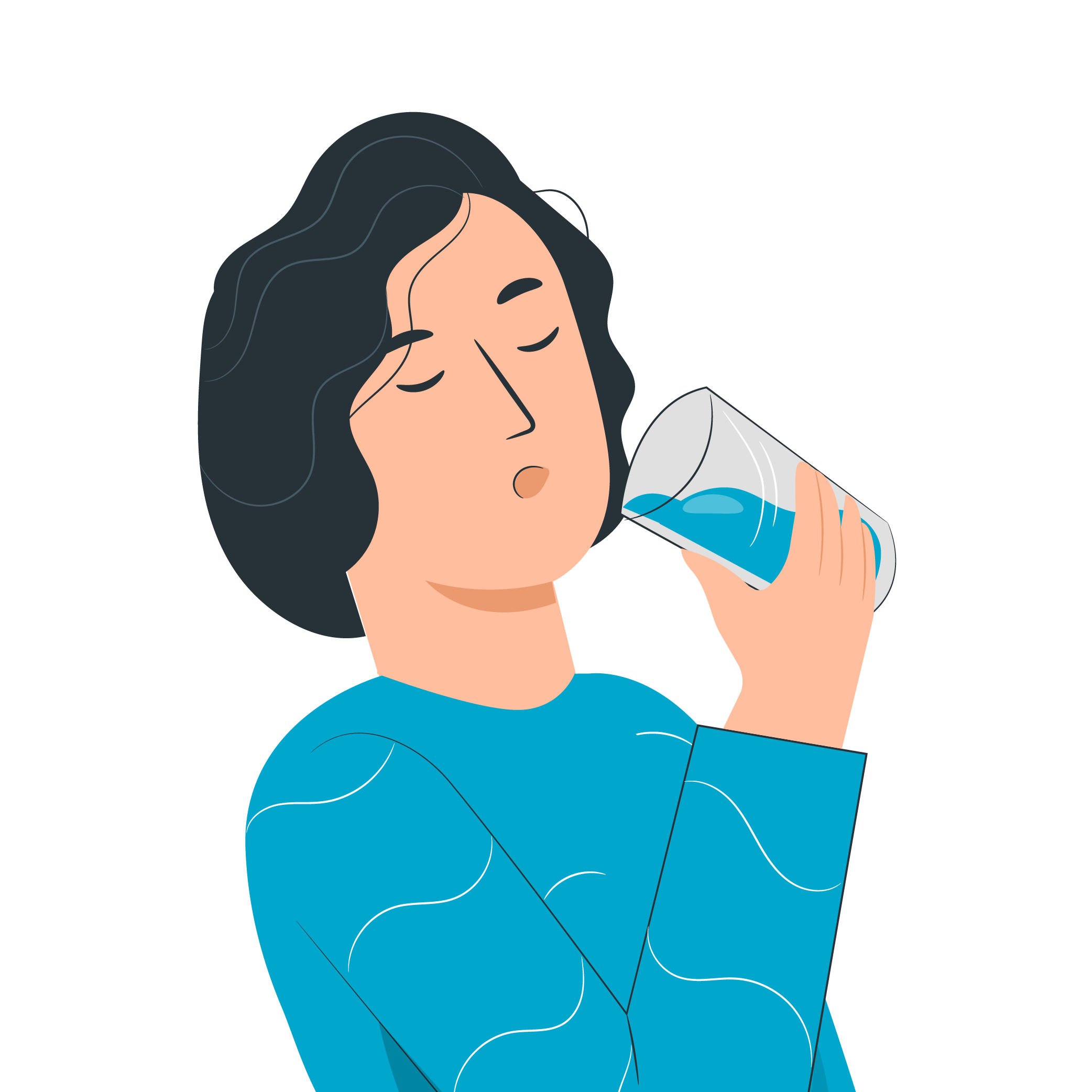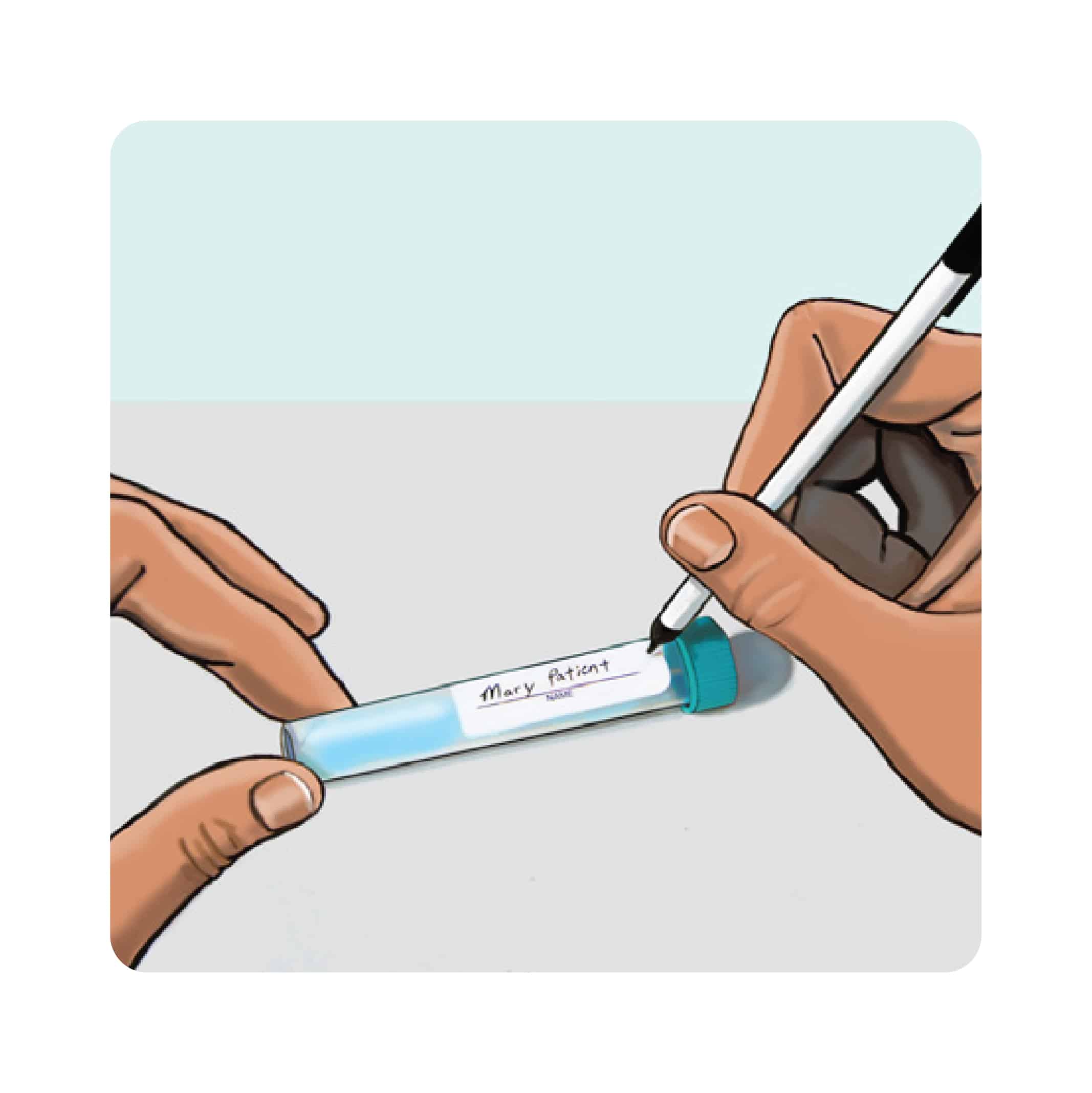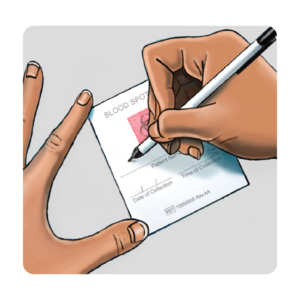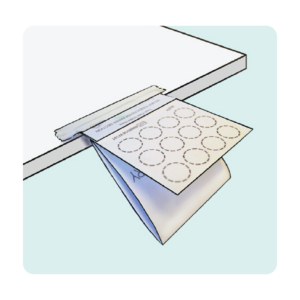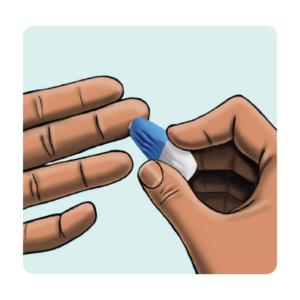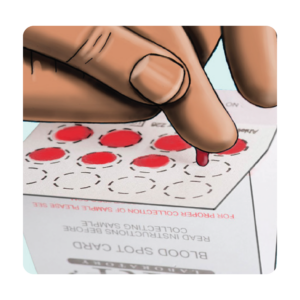
The Lab Me Crucial At-Home Thyroid Test gives a basic but complete assessment of thyroid health, including screening for hypo or hyperthyroidism, testing for auto-immune thyroid disease, and monitoring thyroid replacement dosage.
If purchasing for two people, it’s required to create their account to order.
All Lab Me tests are performed by high-complexity CLIA certified and CAP-accredited laboratories.

Thyroid dysfunction can explain a wide variety of symptoms because of the central role of thyroid hormones in directing the metabolic activity of cells. The essential thyroid profile accesses the overall thyroid health, which includes checking for hypothyroidism and hyperthyroidism, determines Free T3 and Free T4 levels, monitors dosages for thyroid replacement and tests for autoimmune thyroid disease.
The Crucial At-Home Thyroid Blood Spot Profile includes TSH, Free T4, Free T3, and TPOab.
This profile is not only for those requiring a thyroid screening. This profile is also used as a routine screening for:
Free Thyroxine (T4) mg/dL
0.7-2.5
Free Triiodothyronine (fT3) pg/mL
2.4-4.2
Thyroid Peroxidase Antibodies (TPOab) IU/mL
0-150
Borderline: 70-150
Thyroid Stimulating Hormone (TSH) μU/mL
0.5-3.0
Produced by the pituitary gland, TSH acts on the thyroid gland to stimulate production of the thyroid hormone thyroxine (T4).
The predominant hormone produced by the thyroid gland, T4 is converted to its active form, T3, within cells. For this biomarker please see the Lab Me at-home comprehensive thyroid test.
Total T4 includes both free T4 and protein-bound T4, and is an indicator of the thyroid gland’s ability to synthesize, process and release T4 into the bloodstream.
T3 is the active thyroid hormone that regulates the metabolic activity of cells.
Thyroid peroxidase is an enzyme involved in thyroid hormone production. The body produces antibodies, including TPOab, that attack the thyroid gland in autoimmune thyroiditis and Hashimoto’s. Testing TPOab levels can diagnose these conditions.
A protein rich in tyrosine, the residues of which when bound to iodine become the building blocks of T3 and T4. If iodine levels are low, thyroglobulin accumulates, thus high levels indicate insufficient iodine for healthy thyroid function. For this biomarker please see the Lab Me at-home comprehensive thyroid test.
